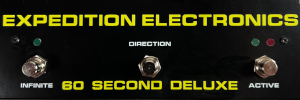Showing posts sorted by date for query Moskwa II. Sort by relevance Show all posts
Showing posts sorted by date for query Moskwa II. Sort by relevance Show all posts
Saturday, December 28, 2024
Leibniz Unleashed | XAOC Leibniz Binary Subsystem | Episode 04
video upload by Cinematic Laboratory
"It's been six months since episode 03 (The Road to Berlin). This is mainy because I make videos as I go and as I learn. The Leibniz system, by itself is not difficult to use, but in the audio domain it's impossible to bypass the 8-bit sound quality and harsh noise is inevitable. I needed to take many breaks to make this video and I had to get my knowledge from the manuals and the excellent works of Tom Churchil. I never fully realized you need to make loops for best results and I didn't know how important 'reclocking' is. I experimented with external VCO's before I realized Berlin and Poczdam offer their own Leibniz clocks to manipulate and 'reclock' the datastreams.
I had many 'I did not know' moments while making this video, and often I had to reshoot stuff that did not make any sense anymore. I wanted this episode to be a 'Leibniz Unleashed' experience, showing off some amazing patches that have a lot to offer and complement what's already out on YouTube.
I guess a logical followup for Episode 05 is to explore musical applications some more, especially in the audio domain. Leibniz is just great for CV and rhythms, but (at first glance) not so great in the audio domain (unless you fancy glitch, noise and other raw genres, it excels here).
I hope this video will help you get more production value from your Leibniz set, or help you decide if it's something of interest. Modular is too expensive to just do a leap of faith and figure it out later. It can take a year before it starts to make sense. But it's been a great year!
00:00 Introduction
00:13 Drezno Recap
02:56 Chains and Loops
04:27 Berlin and Jena
08:44 Odessa and Ostankino (expander for Moskwa II)
11:47 Generating rhythms with Lipsk, Erfurt and Gera
15:26 Re-clocking with Drezno II, Rostock, Buchla TTA 258t (20 kHz) and NE Sinc Iter (+4 MHz)
17:43 Re-clocking with Poczdam
19:36 Routing and re-clocking with a full Leibniz System"
Friday, December 27, 2024
Modular meets Oberheim | TEO-5, MCO MKII, Zagrzeb, Bitbox Micro, Sealegs
video upload by Ondřej Píša
"When I went to Superbooth 2024 in Berlin and tried TEO-5 by #oberheim there, I immediately knew that this is the synth I wish to have and wish to combine with my modular system. This is the very first try I played both together.
I am not a keyboard player, no musical background, just learning on my own and enjoying the sound so please bare with me :). Also this is the very first try to put both instruments together.
TEO-5 setup: this is my own patch I set when I was chasing for Yamaha CS-80 sound. It is not quite like that. I love this patch anyway. Both oscillators are combinations of square and sawtooth waves, bit of filter detuning, voice spread panning. Also it is runs through #meris Mercury X pedal for larger reverb (preset #1 Two Worlds)
Modular setup:
Drums are samples on #1010music Bitbox Micro, triggered by #intellijeldesigns Steppy
Voice: ALM Busy Circuits MCO MKII (Digiwave engine), Wave B modulated by Pam's Pro Workout (sine wave, heavily attenuated). It is run through #xaocdevices Zagrzeb LPF into #intellijeldesigns Sealegs for delay + reverb. It is sequenced by #xaocdevices Moskwa II with probability for step play, ratcheting and also I use #intellijeldesigns Planar 2 into #intellijeldesigns Triplatt for attenuation into #intellijeldesigns Scales into #xaocdevices Ostankino's Transpose occasionally to transpose the sequence."
Wednesday, June 23, 2021
Moskwa II & Leibniz Subsystem - Patch Ideas
video upload by Xaoc Devices
"These are two patch ideas exploring the potential of Moskwa II, Ostankino II and the Leibniz Subsystem working together. This combo offers endless possibilities of generating and transforming both trigger and CV sequences in a completely new way. Multiple bit outputs and inputs offer an enormous number of combinations resulting in subtle or radical variations of the incoming sequence."
Friday, June 11, 2021
Xaoc Devices Ostankino II & Moskwa II
video by Xaoc Devices
Xaoc Devices Moskwa II: Part I - Basics
Xaoc Devices Moskwa II: Part II - Patterns
See this post for additional demos and details on the modules.
Wednesday, June 02, 2021
Performance with XAOC Moskwa, Ostankino, Noise Engineering
video by Red Means Recording
"From my Moskwa video here! [2nd video here]
XAOC Moskwa II and Ostankino sequence the Noise Engineering Cusus, Basimilus, and Loquelic Iteritas. Effects from Tip-Top z5000, 4ms DLD, and NE Imitor Versio running Electus firmware."
Tuesday, June 01, 2021
Rotosequencing evolved: Xaoc Devices Moskwa II + Ostankino II
video by HAINBACH
"In which I demo the Xaoc Devices Moskwa II + Ostankino Sequencer Combo. As an owner of the original Moskwa I was very interested if the second edition of this Eurorack module would stand up to the classic."
Exploring XAOC Devices Moskwa II and Ostankino II (Eurorack Sequencing)
video by Red Means Recording
"The XAOC Devices Moskwa II Rotosequencer is a sly powerhouse of sequencing fun. Its expander, the Ostankino, adds some extremely creative possibilities that can drive modulation or events in your system as well as completely change how the Moskwa responds. Let's dive into what makes this sequencing system special and how you might use it!
00:00 intro
00:46 Moskwa basic operation
03:36 step options
07:43 custom mode
09:03 step repeat
10:11 micro-patterns
12:31 mini jam
14:14 transport and misc
15:30 Ostankino input modulation
21:05 Ostankino output modulation
26:20 recap
28:27 outro jam"
And the press release:
XAOC Devices Moskwa II – compact feature-packed sequencer with preset memory and trigger patterns



 It has been ten years since the first Xaoc Devices module. We have decided to mark this nice anniversary with a very special announcement. Ten years ago we started with a rotary sequencer called Moskwa. Now, we give you Moskwa II!
It has been ten years since the first Xaoc Devices module. We have decided to mark this nice anniversary with a very special announcement. Ten years ago we started with a rotary sequencer called Moskwa. Now, we give you Moskwa II!Designed with live performance in mind, Moskwa II takes inspiration from vintage analog sequencers and greatly expands on their functionality surpassing our original Moskwa rotosequencer, while retaining the same size, basic panel structure, and operation principles.
At the core of the module is an 8-step CV sequencer and a parallel 8-step gate/trigger sequencer. But there’s more, much more. Besides these basic functions, Moskwa II offers more unique, advanced features like eight independent programmable gate/trigger pattern generators (one for each step of the sequence). You can treat them like sequencers within the sequencer offering another eight microsteps for each main sequence step. This allows for programming complex gate/trigger rhythmic patterns (e.g. step repeat, additional pauses, microshifting or swing effect).
Moskwa II features two independent randomization sections that give the user advanced control over the optional chaotic/random change of various sequence parameters (e.g. step order, slew and trigger probability and more). A programmable custom trigger sequence can be up to 256 steps long! Topping it all off, Moskwa II can store eight presets to be loaded at any time. All these functions allow Moskwa II to generate sequences much longer and much more complex than those produced by traditional 8-step sequencers.
Compared to the first Moskwa, we’ve also added a transport button for manual starting/stopping of the sequence, range control for CV output, and a flexible quantizer. Two Moskwa II units can be joined for chained operation doubling the number of available steps and preset slots. Ostankino II expander adds CV inputs for many Moskwa II functions, as well as a transpose input, clock out and individual gate/bit outputs for each step.
Main features:
– 8-step sequencer
– individual gate/trig custom pattern available for each sequence step
– 8 preset slots available for saving/loading on the fly
– programmable custom trigger sequence up to 256 steps
– 8 quantization settings
– slew limiter activated per step
– 2 randomization circuits
– per step probability mode for slew, active step & active pattern
– internal clock 12–2400 BPM
– external clock input with clock multiplier/divider
– unipolar & bipolar operation (0-8 V, +/-5V)
– chain mode for two Moskwa II units
– Ostankino II expander with additional inputs and outputs
– 20hp, skiff friendly
– current draw: +40mA at +12V, 0mA at -12V
Moskwa II: 350 EUR MSRP. AVAILABLE NOW!
Ostankino II: 160 EUR MSRP, AVAILABLE NOW!
Thursday, November 10, 2016
Generative Study 1
Published on Nov 10, 2016 voltlife
"An experiment in structured generative patching, bringing some larger-scale structure to a completely self-running patch. There are several distinct "movements" that have subtle differences between them, as well as the melodic and timbral variations that come from the interplay of random and sequenced elements.
The rhythmic and structural core of the track comes from an A143-4 and a Pittsburgh Sequencer. One A143-4 LFO acts as a clock, and another much slower one speeds the clock up and down, from low audio rates down to one beat every couple of seconds. The square out from that second LFO clocks the Sequencer, so that it gets a different value each time the main clock comes down from audio rates. The slow LFO outputs are multed to several other modules, allowing other parameters to depend on the speed of the clock.
The audio core of the patch is a Rubicon/Dixie II/uFold combo, acting as a classic Buchla-esque complex VCO. The Dixie sine FMs the Rubicon, the output of which goes through a VCA. One Maths envelope opens the VCA, with the fall time lengthening as the clock slows. Another exponential Maths envelope drives both the TZFM index and the Symmetry of the Rubicon: this allows the attack to make the most of the richer TZFM while sacrificing tuning, while the tail comes back into tune. The fall time of this envelope is modulated by yet another A143-4 LFO, and depending upon this and the pitch, the Rubicon's sounds vary from bells and chirps to deep drums and woody bass notes.
Dixie's triangle output goes through uFold into Optomix. A division of the main clock goes through Branches into the Optomix strike input, and Branches' probability is modulated by the main clock speed, so that in the slower passages we hear occasional plucks from the wavefolded Dixie. A ViLFO goes through a VCA into the Optomix Control input, and a Pitts Sequencer opens that VCA. This adds slower swells during some "movements": exactly the same audio source as the plucks, but these sound a bit like solo strings.
The melodic content comes from a Moskwa sequence through a VCA, which is CVed by a Verbos Multistage clocked at /8 of the main clock. This varies the range of the melodic CV. The CV is then quantised to a minor scale by an A156, then is distributed by an A185-2 to the Rubicon and Dixie to keep them in tune. Another clock division goes through Branches to Moskwa's direction input, bringing further melodic variation.
Finally, there's a graunchy sci-fi noise that come in during the slowest parts of some movements. This is a Pittsburgh GenXpander's OE output through a Pittsburgh Filter in Bandpass mode into a VCA and then a Wow & Flutter. The VCA is only opened when the main pitch is mostly static, thus giving a textural counterpoint when the main sequence gets too boring. This works by feeding the main pitch CV into an Elby Slope Detector, whose output goes into Function with a slow rise time and sharp fall. The Function output then goes into a Z4000 envelope. Thus, the envelope is only triggered when the pitch has been static for long enough. This envelope then opens the VCA as well as driving the cutoff frequency to create a noisy sweep. Finally, the Pitts Sequencer also controls an A152 which sites between the Slope Detector and Function: when the Sequencer value is beyond a certain point, it cuts off the CV to Function. This means that the noise sweeps can only occur when the string-like Dixie swells are absent or quite, bringing further variation between the movements."
Saturday, June 25, 2016
Mother of Clouds
Published on Jun 25, 2016 voltlife
"A rough ambient improvisation with my new Moog Mother-32, sequenced by Moskwa, and heavily processed by Mutable Instruments Clouds. Clouds is doing some pitch shifting with feedback and reverb, with its Position modulated by an LFO and Freeze occasionally activated. The Mother-32 patch uses a mix of pulse and saw, with heavy use of filter self-oscillation to add high harmonics, and lots of manual tweaking.
The only other part is a baseline made by a Dixie II saw through a Syntrotek Dirt filter, playing a randomish sequence from Turing Machine. Both parts get some additional delay from a Vox DelayLab."
Sunday, November 01, 2015
Dritch
Published on Nov 1, 2015 voltlife
"Drone meets glitch meets weird percussion.
Drone: Verbos Harmonic Oscillator (with tilt and individual harmonics mosulated by LFOs) via Serge Resonant EQ into both Erbe Verb (for clean shimmer effects) and Tyme Sefari Mk II and Demora (for glitched drone). The TSII's loop end is occasionally changed by a Function envelope (and this goes a bit mad when I switch to cycle mode for a while), while Sound of Thunder's pitch input is regularly modulated to pitch the result up an octave. A slow Moskwa sequence modulates Demora's Width to bring in more rapid ping-pong delays at times, while an LFO subtly modulates the Erbe Verb size parameter.
Drums: Pittsburgh Generator through Optomix into Pittsburgh Dual VCA; Maths envelope drives Generator 1 pitch and VCA. Verbos Voltage Multistage Gate Out triggers Maths, while CV A modified Maths envelope length and CV B modifies Generator's Index.
Hi-hat-like percussion: white noise into Pittsburgh Filter; HP out into Optomix. Rhythmic patterns created by A160/161/166 used to strike Optomix and modified Filter cutoff; Dreamboat Gate out modulates Filter Q.
Both drums and percussion go into a Vox DelayLab for rhythmic delays."
Wednesday, April 22, 2015
6U Eurorack analog modular synthesizer system w/ walnut case
Note: links to listings are affiliate links for which the site may be compensated.
via this auction
 "Items/Modules included (w/ new retail prices):
"Items/Modules included (w/ new retail prices):
Custom, hand-built walnut case w/ protective oil finish $200
Mutable Instruments Yarns $359
Intellijel Dixie II $220
TipTop Audio Z3000 mk2 $245
Intellijel Cylonix Shapeshifter $529
Pittsburgh Modular Mixer $79
Synthesis Technology E440 Discrete OTA Filter $299
XAOC Devices Moskwa sequencer $340
Pittsburgh Modular multiple $29
Make Noise Maths (Newest version) $290
Intellijel Korgasmatron II Dual Filter $390
Intellijel Dual ADSR $220
Intellijel uVCA II $155
2 sets of TipTop Audio 84 hp rails $70
TipTop Audio uzeus power unit w/ power supply $105
TipTop Audio flying busboard spare cable $10
Assortment of Ad Infinitum patch cables (various lengths) $36
TOTAL RETAIL PRICE = $3576"
via this auction
 "Items/Modules included (w/ new retail prices):
"Items/Modules included (w/ new retail prices):Custom, hand-built walnut case w/ protective oil finish $200
Mutable Instruments Yarns $359
Intellijel Dixie II $220
TipTop Audio Z3000 mk2 $245
Intellijel Cylonix Shapeshifter $529
Pittsburgh Modular Mixer $79
Synthesis Technology E440 Discrete OTA Filter $299
XAOC Devices Moskwa sequencer $340
Pittsburgh Modular multiple $29
Make Noise Maths (Newest version) $290
Intellijel Korgasmatron II Dual Filter $390
Intellijel Dual ADSR $220
Intellijel uVCA II $155
2 sets of TipTop Audio 84 hp rails $70
TipTop Audio uzeus power unit w/ power supply $105
TipTop Audio flying busboard spare cable $10
Assortment of Ad Infinitum patch cables (various lengths) $36
TOTAL RETAIL PRICE = $3576"
Wednesday, March 11, 2015
NoiseRing Plays with friends
Published on Mar 11, 2015 Muff Wiggler
http://store.muffwiggler.com/
"malekko/richter/wiard NoiseRing is the nucleus of this patch. it's sending CV to richter Osc II and Anti Osc which are FMing each other then into the best filter ever the Frequensteiner and then sent to Qu-Bit RT60 for some delay
NoiseRing clock out to 4ms QCD which then sends clock to RCD/SCM and gates to tiptop drum modules being processed by audio damage FX.
Xoac moskwa CV out to audio damage delay time input.
another Malekko/Richter Anti oscillator is going to the Koma filter which gets a square wave from the RCD and provides the sub bass."
Sunday, January 04, 2015
SPHE X
Published on Jan 4, 2015 wellurban
"A generative and (mostly) self-running piece, with elements of drone, dark ambience, glitch and terrifying sub-bass.
The main sound source is Braids in Wavetable mode, which is processed in three ways:
- Through a Doepfer A124 Wasp filter, which is FMed by a Dixie II sine that tracks a variation of the sequence that drives Braids.
- Through a uVCF that is also variably FMed by the A124's output. Resonance is high, so that when it's not being FMed it sinks down to a low, distorted sine bass.
- Through a Metasonix R54 and Serge Resonant EQ to pick out some higher harmonics, then into an Optomix which is rhythmically struck.
The first two get lots of delay from a Vox Delay Lab, and the last goes into an Erbe Verb, whose Size parameter is modulated by a very slow uLFO to create constantly shifting spaces.
'Melodic' sequencing (and I use the word rather generously) mostly comes from a Turing Machine into an A156 quantiser, with transposition from Moskwa. Other sequencers, LFOs, and Turing Machine expander outs modulate the FM amounts and decays, filter sweeps, Erbe Verb modulation amount, "bassline" overdrive, pluck pattern and other parameters."
"A generative and (mostly) self-running piece, with elements of drone, dark ambience, glitch and terrifying sub-bass.
The main sound source is Braids in Wavetable mode, which is processed in three ways:
- Through a Doepfer A124 Wasp filter, which is FMed by a Dixie II sine that tracks a variation of the sequence that drives Braids.
- Through a uVCF that is also variably FMed by the A124's output. Resonance is high, so that when it's not being FMed it sinks down to a low, distorted sine bass.
- Through a Metasonix R54 and Serge Resonant EQ to pick out some higher harmonics, then into an Optomix which is rhythmically struck.
The first two get lots of delay from a Vox Delay Lab, and the last goes into an Erbe Verb, whose Size parameter is modulated by a very slow uLFO to create constantly shifting spaces.
'Melodic' sequencing (and I use the word rather generously) mostly comes from a Turing Machine into an A156 quantiser, with transposition from Moskwa. Other sequencers, LFOs, and Turing Machine expander outs modulate the FM amounts and decays, filter sweeps, Erbe Verb modulation amount, "bassline" overdrive, pluck pattern and other parameters."
Thursday, July 10, 2014
Korgasmatron+Braids / Ambient
Published on Jul 10, 2014 Misugi Yasunami
"音源
・Mutable Instruments Braids → Doepfer A-122 24dB Low Pass 2
・Intellijel Designs Korgasmatron II (自己発振のみ)
これらを
・Make Noise Pressure Points + Brains
・XAOC Devices MOSKWA
・Doepfer A-147 VCLFO
等々でコントロールしてます。"
Sunday, July 06, 2014
Xaoc Modular Devices MOSKWA + Intellijel Designs Korgasmatron II
Published on Jul 6, 2014 Misugi Yasunami
"Xaoc Modular Devices MOSKWA + Intellijel Designs Korgasmatron II"
Monday, April 29, 2013
Fat Bastard's 'Twins' !
 via Beermaster: (click the pics)
via Beermaster: (click the pics)"Thought I'd send you the latest info on my monster modular 'Fat Bastard' - Ross Lamond has constructed two huge amazing wooden cases based on a Matthew Goike design, these add another 1560 Hp of Euro to the existing system. We decided to call them 'The Twins'
 For the geeks amongst us here's the compliment of modules in the Twins:
For the geeks amongst us here's the compliment of modules in the Twins:VCOs:
Macbeth X-Series Dual Oscillator
Macbeth X-Series Oscillator x 2
Tip Top - Z300 Mk1 x 2
Make Noise - DPO
WMD - Synchrodyne
WMD - Phase Distortion Oscillator
MOTM - Morphing Terarium
Intellijel Design - Rubicon
Intellijel Design - Dixie II
ADAC System - VCO
Blue Lantern - Lunar Modulation
Analogue Systems - RS95
Analogue Systmes - Polyphonic Harmonic Generator +Expander RS370 +RS375
Buchla Clone - 258
 FILTERS:
FILTERS:Macbeth X-Series 'Backend' Filter
Macbeth X-Series Dual SV Filter
Schipmann- Multimode VCF-02
Cwejman - Res 4
Serge Res Equalizer
Intellijel - Korgasmotron II +Expander
Harvestman - Bionic Lester
ADAC System - VC Fixed Filterbank
Livewire - Frequensteiner
Doepfer - Vactrol VCF A101-1
Doepfer - Fixed Filterbank - A-128
Blue Lantern- Asteroid Operator
 Other Stuff:
Other Stuff:MOTM - Deflector Shield
Circuit Abbey - Impulse Drive
Circuit Abbey - Gravity Well
Circuit Abby - Unify
Livewire- Dual Cyclotron
Livewire -Dual Bisell Gen x 2
Synthetic Sound Labs - Modulation Orgy
Plan B - Heisenberg Generator - Model 24
Plan B - Dynamic Mult -Model 29
Plan B - Dual Timbral Gates - Model 13
 STG Soundlabs - Graphic Sequencer
STG Soundlabs - Graphic SequencerSTG Soundlabs - BAM x 2
Make Noise - Maths
Make Noise - Echophon
Make Noice - QMMG
Intellijel - Quadra
Intellijel- uVCA II
Intellijel - uFold II
Intellijel - uFade
Intellijel - uStep
Intellijel - Hex VCA
Intellijel - Buf Mult x 2
Intellijel - Mult x 2
Intellijel - uJack
Cwejman - MX-4S
Cwejman - VCA-4MX x 2
Cwejman - ATT-4
Cwejman - CTG - VC
Division 6 - Multiplicty XV - X 3
4MS - PEG
Maleko Heavy Industry - Fade x 2
ALM - Pamela's Workout
Dave Jone - O'Tool x 2
Xaoc Devices - Moskwa
Harvestman - Double Andore
Blue Lantern - Pro VCA
Blue Lantern - Moon Base ADSR
Tip Top - Z5000
Tip Top - Z4000 EGs x 2
Tip Top -BD808
Tip Top- BD909
Tip Top -Hats 909
Analogue Systems - Signal Mixer - x3
Analogue Systems - CV Mixer
Analogue Systems - Sampler/Delay RS290 +RS295
Analogue Systems - Phase Shifter - RS400
Analogue Systems - VCLFO - RS80
Analogue Systems - Performance Wheels
Analogue Systems - External Processor - RS35
Mad Rooster Lab - Lord Of The Ring
Touellskouarn - Strakal Brulu - Fuzz box
Touellskouarn - pig pe vran a gan - Headphone amp !
All the best !
Lester Barnes ( Beermaster )"
HOME
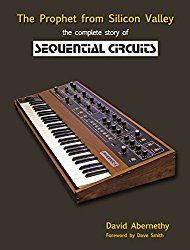
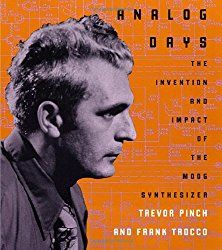
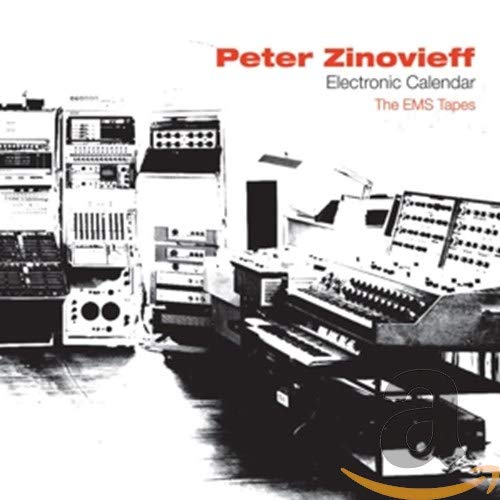
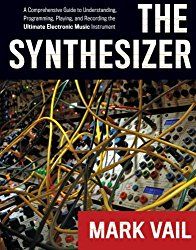
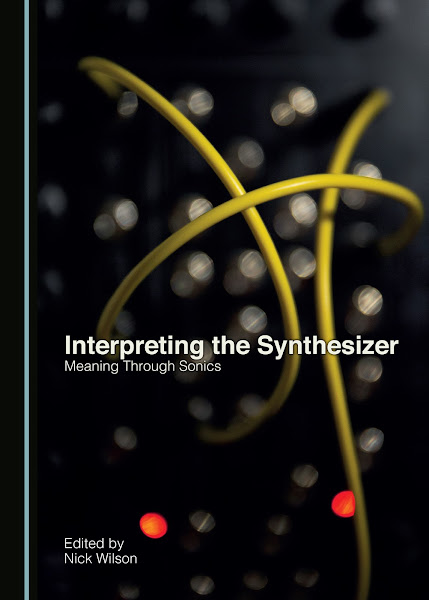
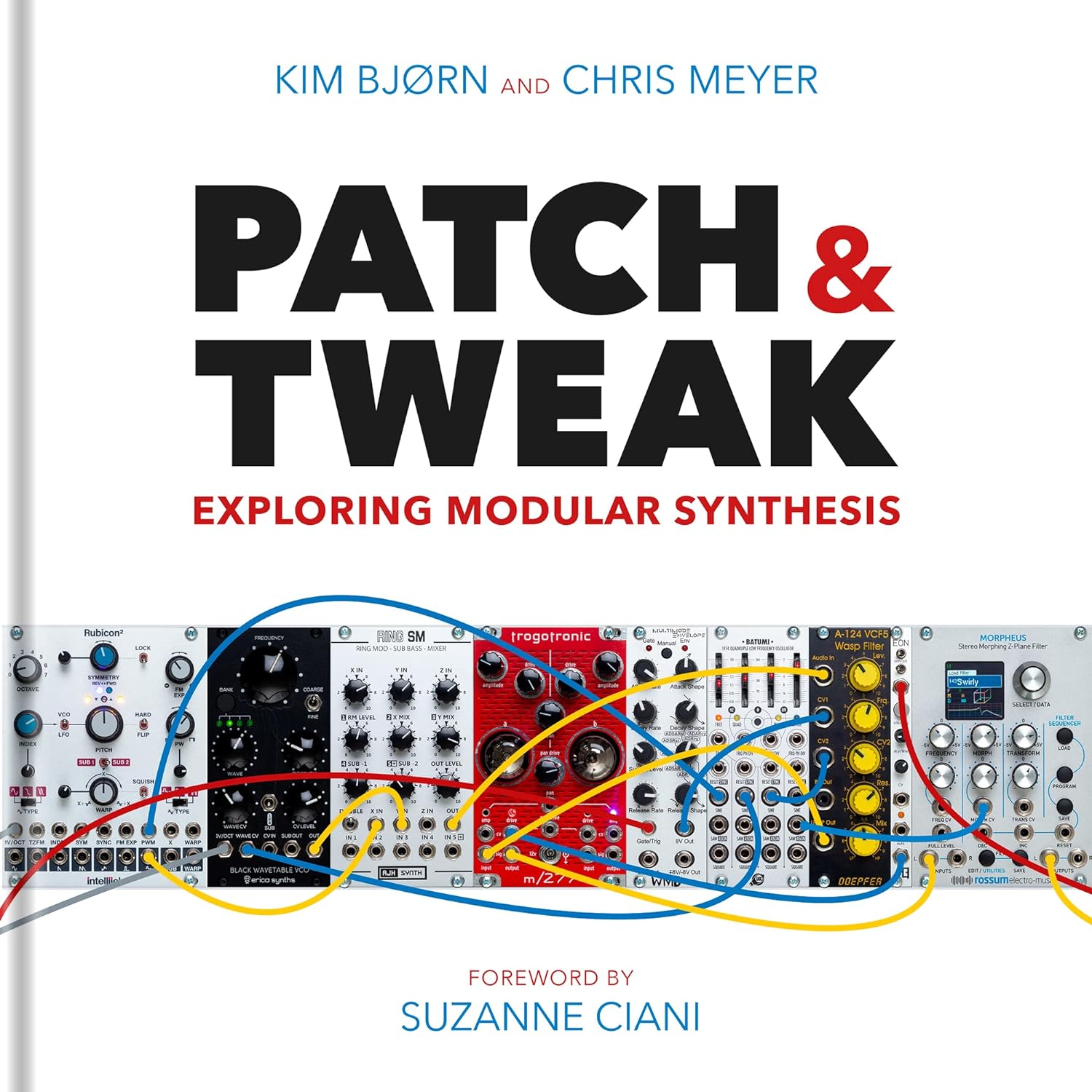
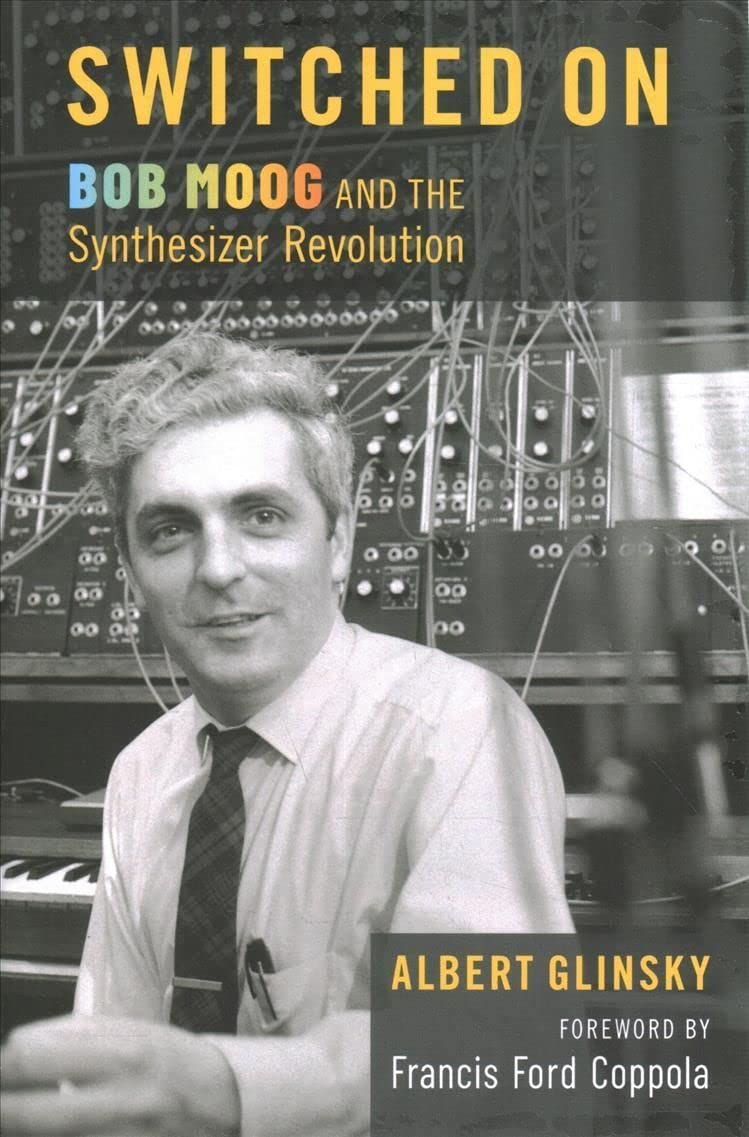
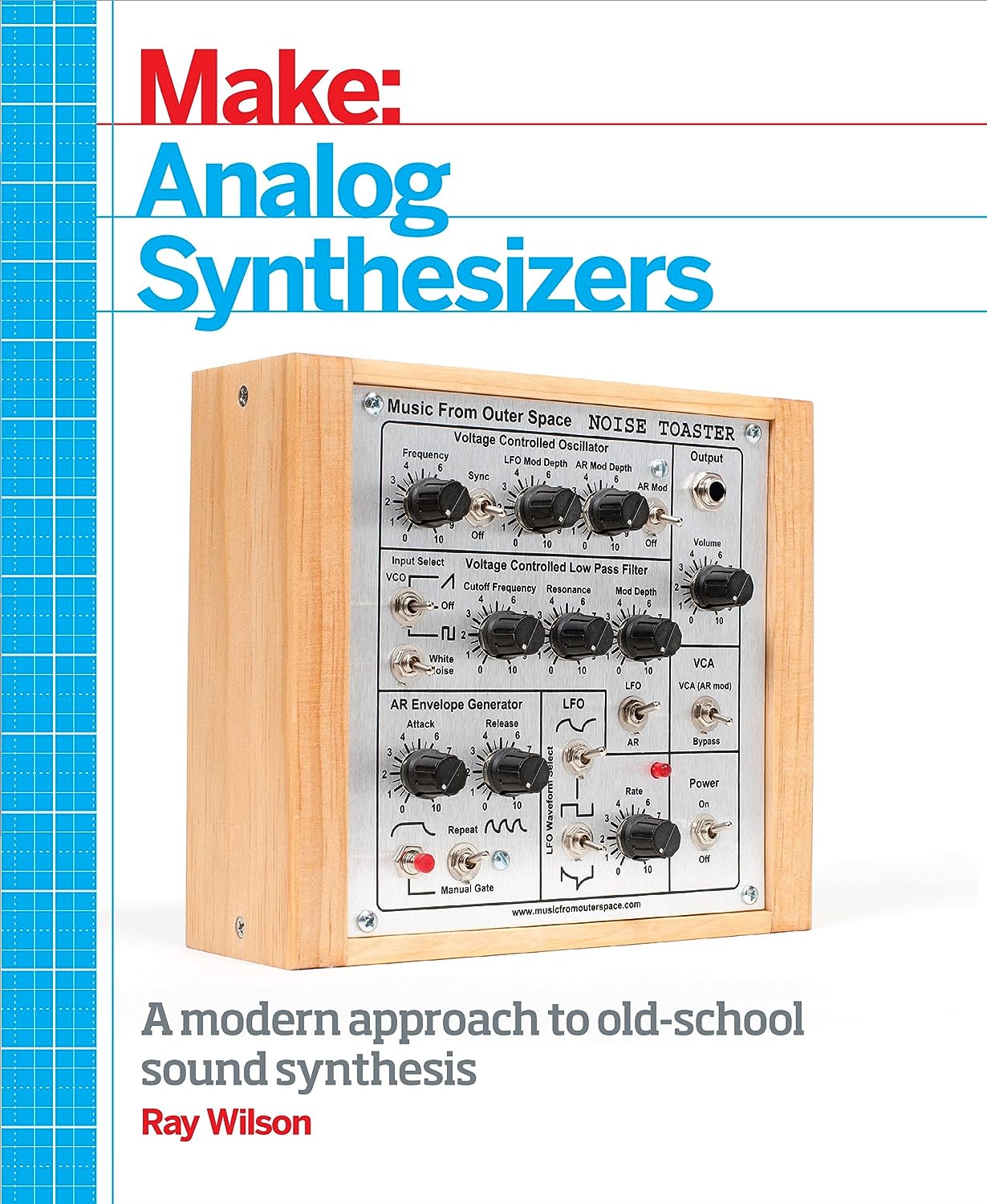
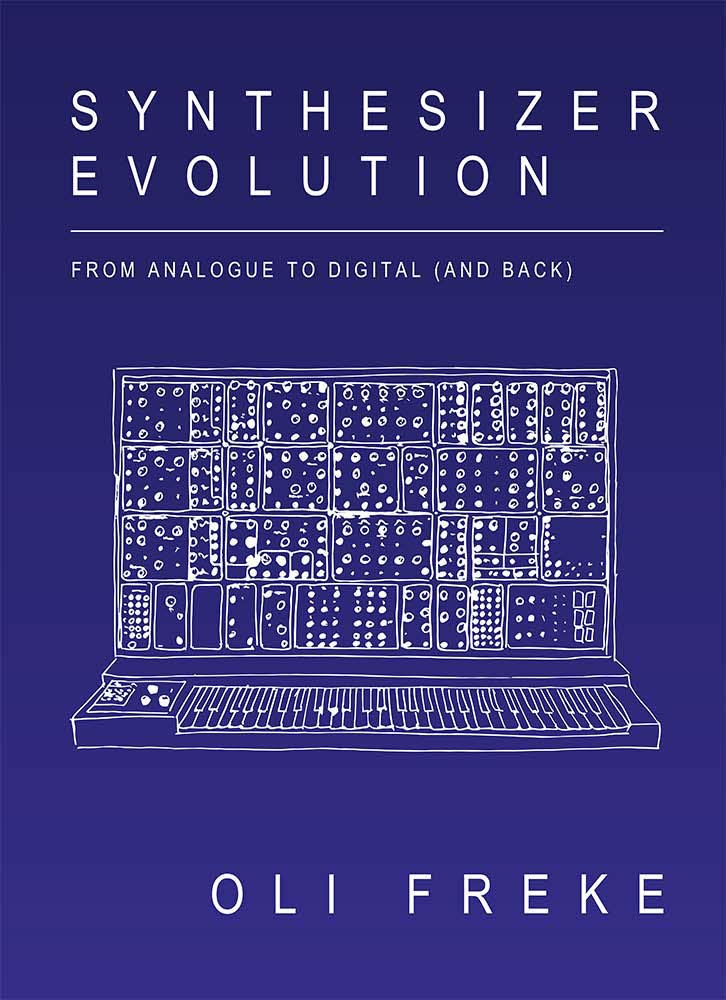
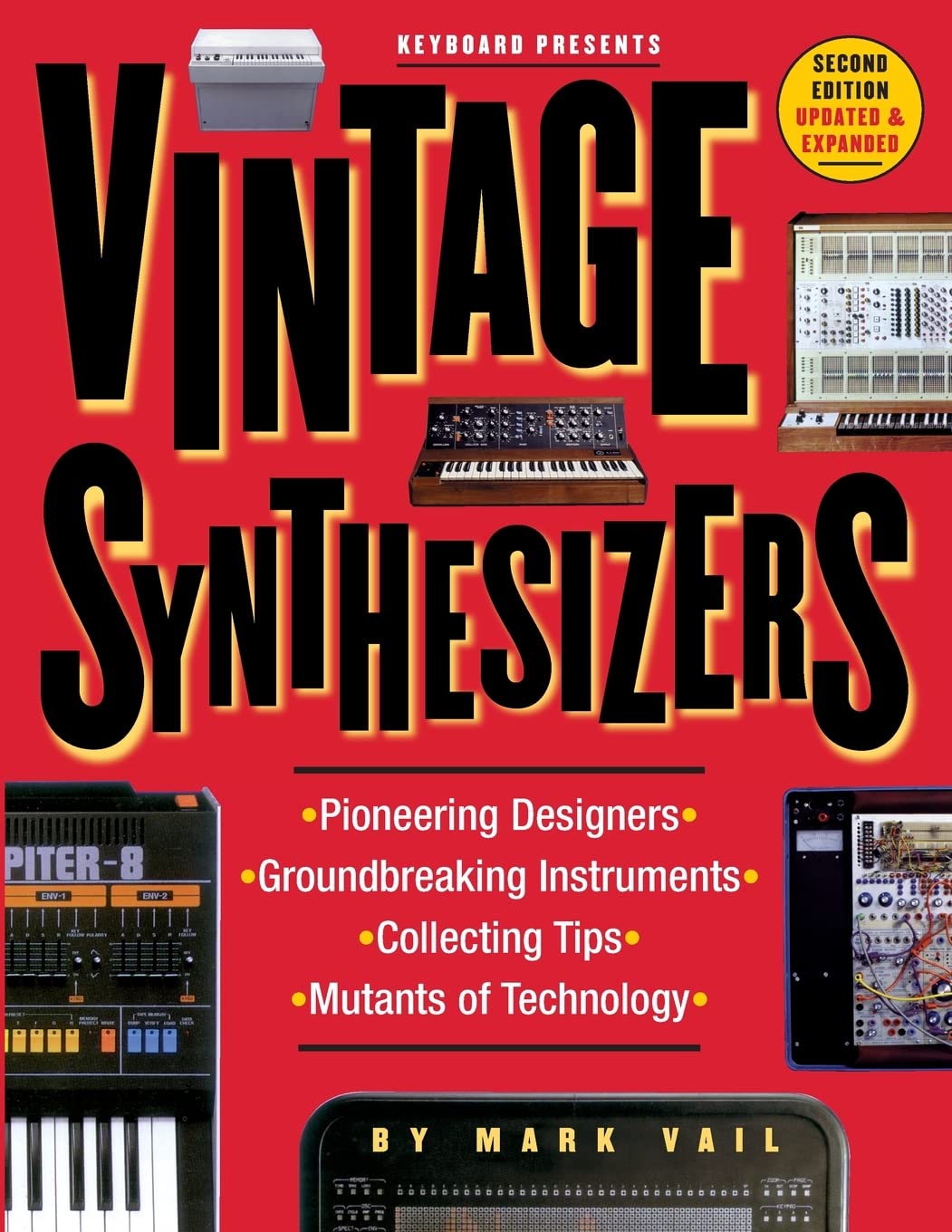
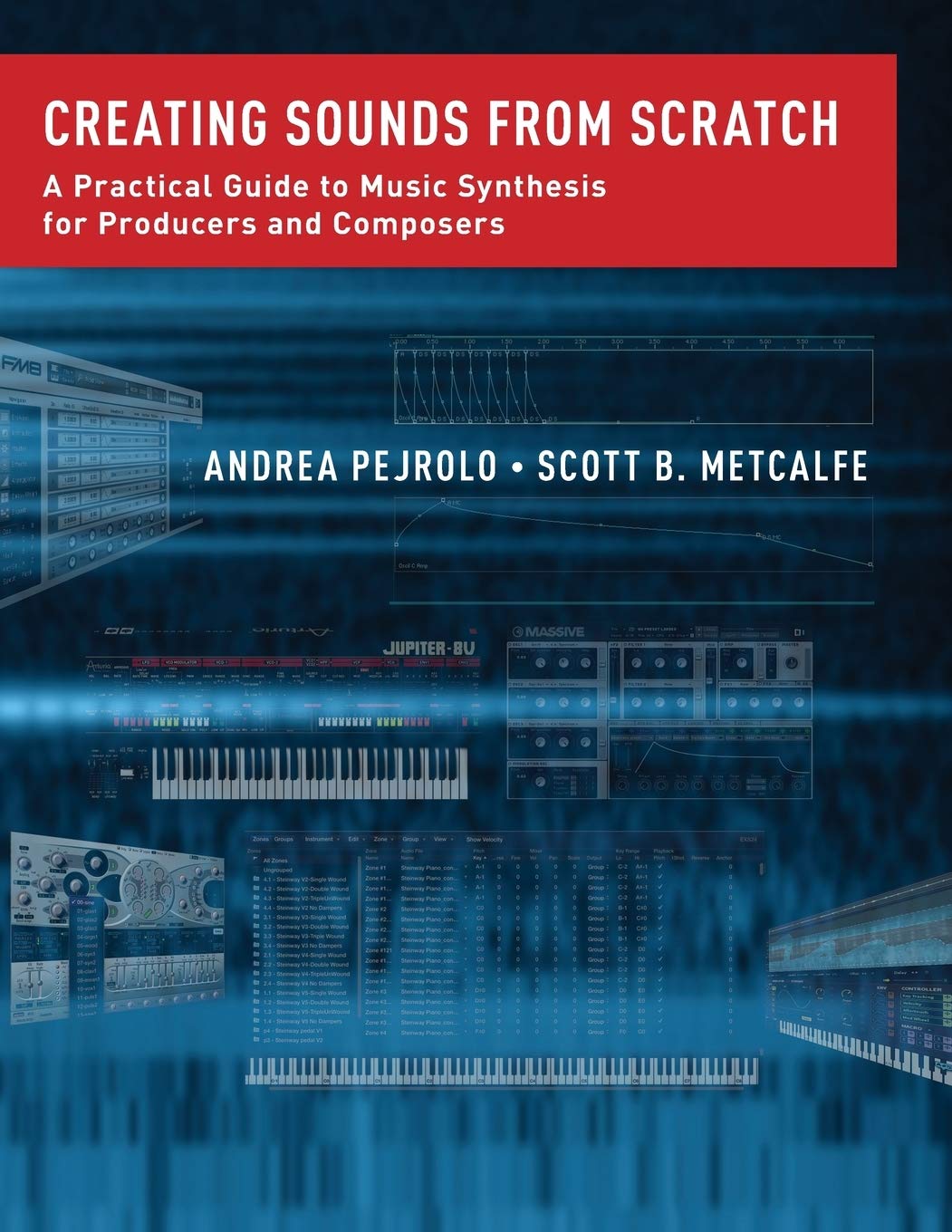
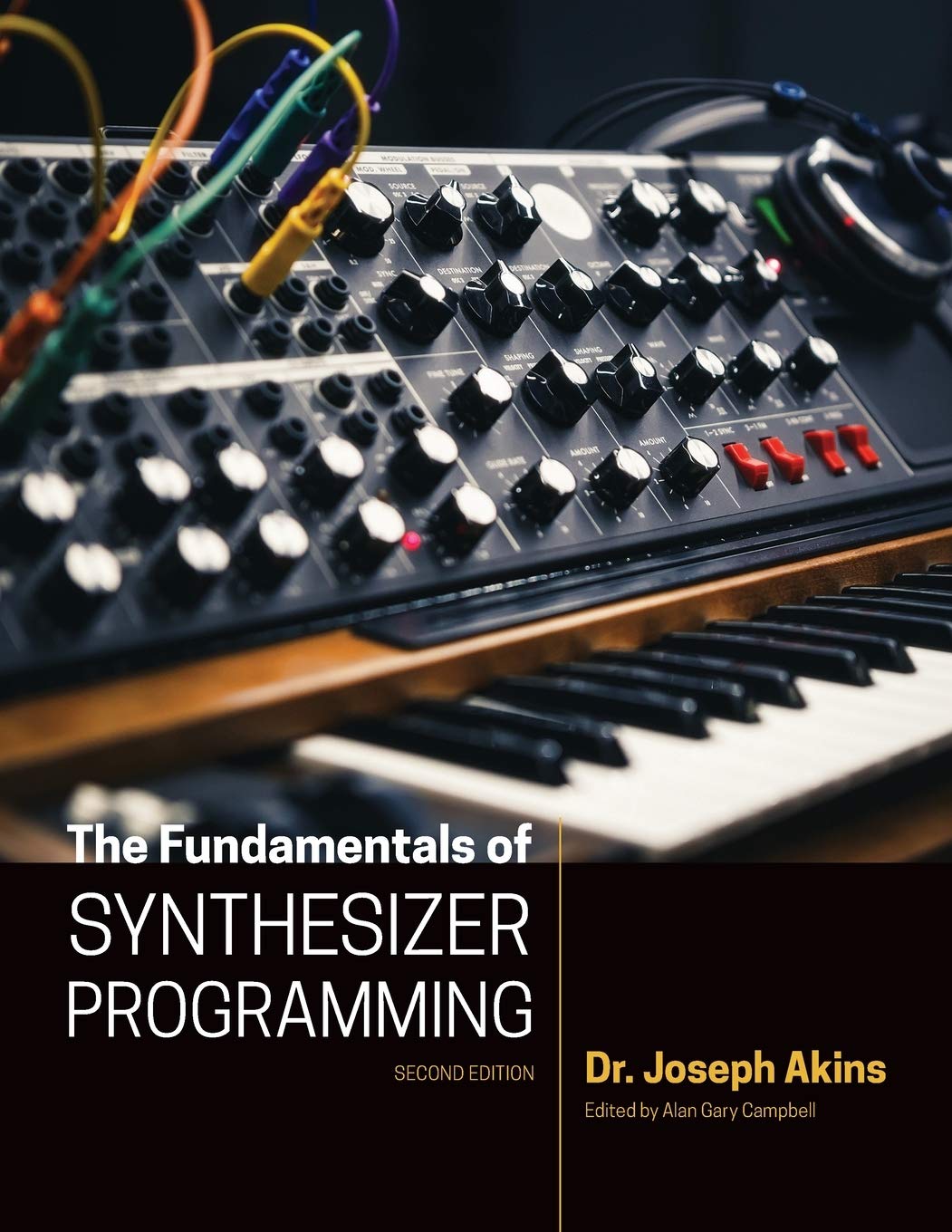

© Matrixsynth - All posts are presented here for informative, historical and educative purposes as applicable within fair use.
MATRIXSYNTH is supported by affiliate links that use cookies to track clickthroughs and sales. See the privacy policy for details.
MATRIXSYNTH - EVERYTHING SYNTH













© Matrixsynth - All posts are presented here for informative, historical and educative purposes as applicable within fair use.
MATRIXSYNTH is supported by affiliate links that use cookies to track clickthroughs and sales. See the privacy policy for details.
MATRIXSYNTH - EVERYTHING SYNTH















